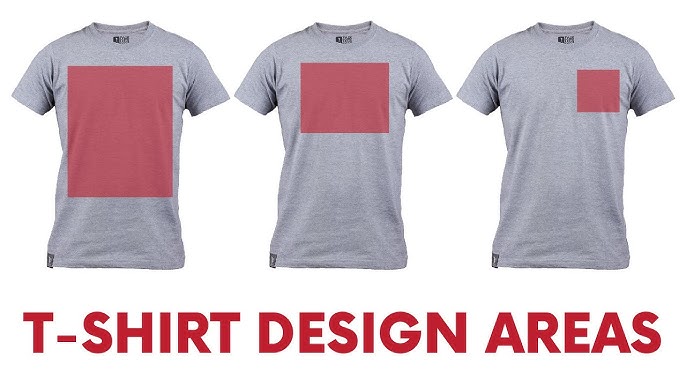Fast and reliable service
Delivery still hasnt arrulived and has now missed the event, the whole reason for ordering.
Despatched a day later than advertised. DHL fpr some reason keep botching the delivery.
Rang up Teeone but no one has yet responded. Feels like peopke hide behind emails and dint seem to want to solve any issues.
Definitely wont use again.
Hi Scott,
We are really sorry to see that the order didn't make it to you for when you needed it. According to the tracking DHL attempted delivery twice in three days and were unsuccesful each time. Whilst we make every effort to get orders to people on time delay in transit is really awkward to forsee or effect. DHL are usually very good but once the goods leave us there isn't a lot we can do to influence, especially when delivery is attempted. I am sorry you feel we didn't respond quick enough, you emailed us at 6:26pm after the office had closed and Natalia responded at 9:34 the following morning to try and help. We take all feedback seriously and are still trying to see if we can influence the delivery in anyway possible. Apologies again for the delay in transit with DHL.
Kind regards,
Mat.
Very easy to use website, the prices are spot on and the quality of clothing they provide is exceptional 👌
Good quality. Quick service.
Great item, well made good quality and a good fit..lovely Royal blue colour too .
Thank you



